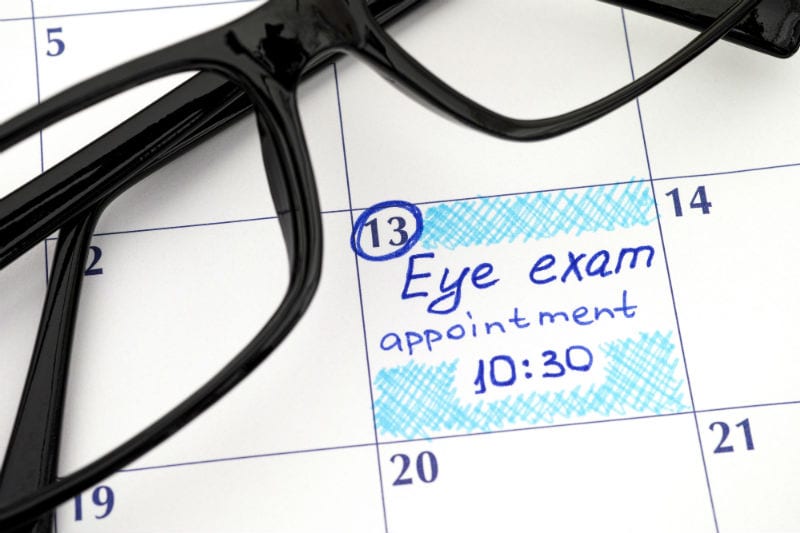What Is Glaucoma?
Glaucoma, a complicated and often poorly understood condition, is the leading cause of blindness among people age 60 and older. According to the American Academy of Ophthalmology, it’s caused by a build-up of fluid within the eye that increases eye pressure, eventually causing irreversible damage to the optic nerve. This degenerative disease initially affects peripheral vision, but if left untreated can cause total vision loss over time. Treatment is sometimes hindered by the fact that symptoms are slow to develop and frequently undetectable until the first acute attack occurs. For these reasons, regular eye exams are an essential precaution for catching early signs of the disease and slowing its progression.
While some groups are more susceptible to the disease (African Americans, Asians, Hispanics of European ancestry, senior citizens, steroid users, people with hypertension, and people with a family history of the disease), everyone is at risk of developing it. Although there’s no known way of preventing the disease, there are ways of preventing vision loss associated with it, including early detection and treatment.
Preventing the Disease and Promoting Eye Health
Unfortunately, most of the risk factors of the disease, including your age, race, and family history, are beyond your control. That means prevention is the single most important component to promoting your eye health. The combination of regular eye exams, early detection, proper treatment, and other eye care strategies can help prevent the vision loss associated with the disease. Let’s take a more detailed look at some of them:
- Watch your weight: Obesity carries a risk of hypertension, which can in turn cause intraocular pressure, resulting in damage to the optic nerve. Keeping your weight within a healthy range is a key ingredient of prevention.
- Limit caffeine: Studies have shown that excessive caffeine consumption can increase intraocular pressure, putting you at greater risk of permanent optic nerve damage.
- Regular exercise: Research suggests that moderate aerobic exercise three or more times a week can help to lower intraocular pressure (pressure caused by fluid build-up within the eye), protecting the optic nerve from damage and slowing vision loss. Suitable exercises include brisk walking, jogging, house or yard work, swimming, or dance.
- Proper eye protection: Trauma to the eye can cause a condition known as secondary glaucoma. Always wear suitable eye protection when playing sports, using power tools, or engaging in any other activities that carry a risk of eye injury. Additionally, you should use sunglasses and brimmed hats to shield your eyes from overexposure to natural light when you’re outside.
- Frequent eye exams: Ophthalmologists recommend being evaluated for the disease every 2-4 years before age 40, every 1-3 years after age 40, every 1-2 years after age 55, and every 6-12 months after age 65. Those with additional risk factors should be tested every 1-2 years after age 35.
- Some studies show that introducing more foods containing vitamins A, C, D, and E, zinc, omega-3 fatty acids, and carotenoids such as lutein into your diet may offer extra protective factors against certain eye diseases. Some of these foods include dark leafy greens, citrus fruits, eggs, fortified cereals, red meat, poultry, oysters, beans and nuts, flaxseed oil, fish, and whole grains.

Please note that the above tips are no guarantee of avoiding any eye disease, nor should they be treated as a substitute for regular eye exams. While we recommend empowering yourself with knowledge about your eye health, we also maintain that nothing can replace a real ophthalmological exam by a qualified professional. To schedule an exam, or if you have any questions, please contact us at Florida Eye.
For further information about caring for your eyes and reducing the risk of permanent vision loss, please check out the rest of our site.



